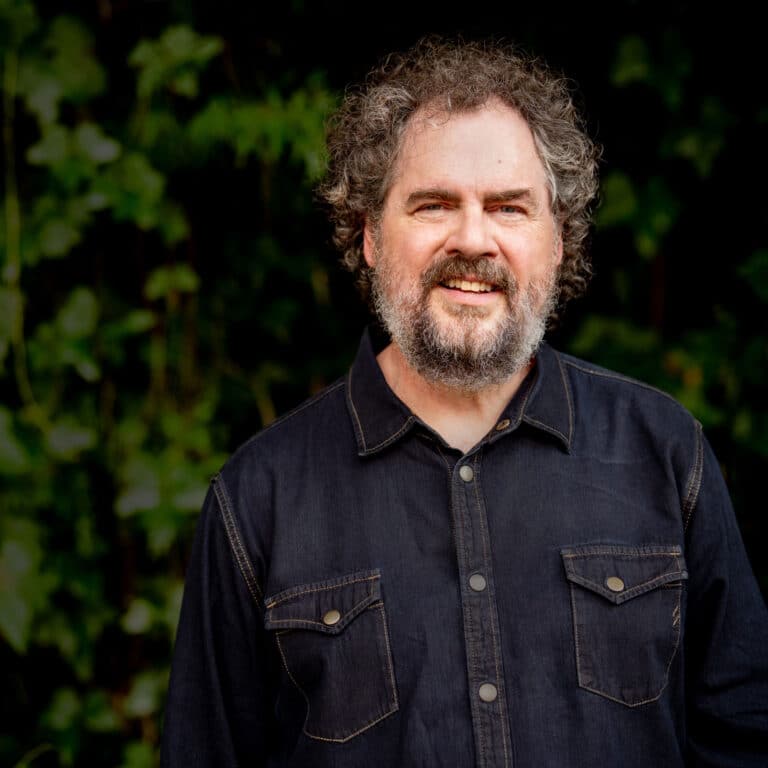The Resource
The Potomac River is the water lifeline for over five million Americans. It runs 383 miles from the Fairfax Stone in West Virginia to the Chesapeake Bay; it drains 12,878 miles of tributaries; and it supplies almost 90 percent of the drinking water to the sprawling metro D.C. area.
The Threat When it rains, it pours, and when it pours in D.C. and the surrounding burbs, it runs off into the Potomac. The Potomac Conservancy reports that pollution is increasing faster than ever due to runoff from city streets, roofs, and fertilized residential lawns. This is threatening the health of the river and the safety of the drinking water it provides. Years of increased development have changed the area’s natural habitat into a hardened landscape of pavement and parking lots. Such impervious surfaces are unable to absorb storm run-off. As a result, the Potomac is flooded with urban contaminates like motor oil and pesticides.
“Paving over everything is creating a host of problems for our waterways,” says Potomac Conservancy spokesperson Anne Sundermann.
Another growing problem is D.C.’s outdated and overwhelmed sewer infrastructure, which often allows untreated sewage to wash into streams.
The Solution Local governments must implement strict storm water regulations immediately, says the Potomac Conservancy. Virginia’s antiquated, 20-year-old regulations have stalled clean-up efforts in the Chesapeake Bay, which is fed by the Potomac. New regulations in the Commonwealth are on the table in 2009.
New building practices and reintroducing green space to developed areas can minimize storm water reaching the Potomac watershed. Government buildings in downtown D.C. have started to incorporate green roofs and pervious pavers into construction.
“Treating storm water will always be important, but businesses and governments are learning how to keep runoff from happening in the first place,” says George Hawkins, Director of the District Department of the Environment. “Nature absorbs a lot of storm water, which is why you can walk through a forest in a rain storm and barely get wet. So the next frontier is bringing nature back into urban areas.”
Do Something
Here are 10 ways you can limit urban run-off and protect your watershed:
- Get a rain barrel to collect storm water.
- Install a rain garden.
- Advocate for strong stormwater regulations in your town.
- Do not fertilize your lawn, and use organic alternatives sparingly.
- Replace unnecessary lawn with natural plantings.
- Don’t wash your car in the driveway. Go to a car wash that recycles their wash water.
- Change your oil at a commercial operation.
- Plant trees.
- Replace driveways and sidewalks with permeable alternatives, including gravels and permeable pavers.
- Ask your local government for help. Many municipalities offer financial incentives for low-impact development projects.







